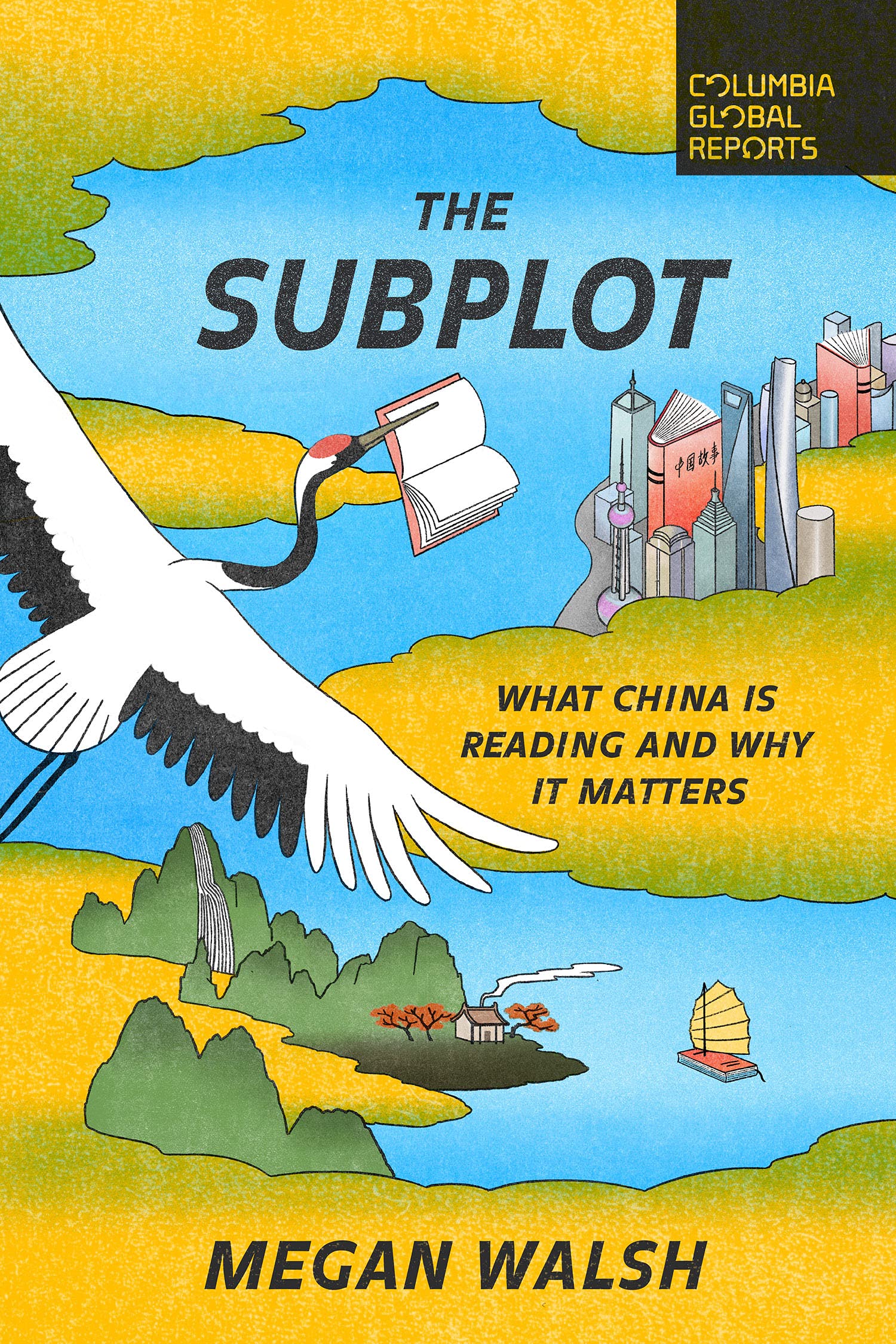
The syllabus — when properly written — is one of the greatest instruments of human knowledge transfer available. Syllabi can turn an impenetrable pile of papers and books with similar-sounding titles and synthesize all of it into a well-structured hierarchy and prioritization of knowledge. It’s an important enough construct that William Germano and Kit Nicholls even wrote a recent book on the subject titled, appropriately enough, “Syllabus: The Remarkable, Unremarkable Document That Changes Everything” (part of the excellent Skills for Scholars series from Princeton University Press).
So it was something of a treat to grab a copy of Megan Walsh’s new book “The Subplot: What China Is Reading and Why It Matters.” It's a brief overview of the Chinese literature scene, including everything from the Nobel Prize-winning works of Mo Yan and the “fan fiction” on sites like China Literature (阅文集团) to the edges of literature like worker's poetry and LGBT writing.
At 136 pages, it’s a Herculean task to compress thousands of years of literary history and the world’s largest literature market into a slim volume. Walsh does am admirable job though, compiling what ultimately is an extended syllabus that structures many of the patterns and trends that affect Chinese literature today.
Throughout the book, there are capsule summaries of many different works, plus the occasional extended commentary on a topic of interest. While brief, Walsh has among the most sophisticated takes I have seen in print on the opportunities afforded by China’s comprehensive surveillance and censorship state, and the contours of where the lines are drawn (or just outlined since no one ever really knows where the lines are). Such constraints, while deeply disconcerting, offer room for creativity, or at least propel Chinese authors to explore other genres overlooked in the West.
Necessarily, The Subplot moves very rapidly through books and other works, and at times, it can be almost absurd how much detail such a cursory outline has to elide. Yet, that brevity also means that the book becomes a condensed reading list and reference — a syllabus, as it were, if in modified form.
This syllabus genre has always been popular for covering the classics, from that doyen of Western culture Harold Bloom to recent offerings like former NYT chief book critic Michiko Kakutani’s Ex Libris: 100+ Books to Read and Reread. But the format has spread far beyond just covering “the canon” to attempting to structure the deluge of the book industry’s output, with WaPo critic Carlos Lozada’s What Were We Thinking: A Brief Intellectual History of the Trump Era coming instantly to mind as a modern example.
Walsh has written the Chinese version of a modern and expansive canon, building some structure around an incredibly vibrant and fluidic reading space. This genre isn’t exactly the most fun or exciting as a reader (at the end of the day, you are just hurtling from book to book), but it’s more than up to the job. Like any good syllabus, I imagine it will be re-read often, if only for mining more ideas of great books to read.